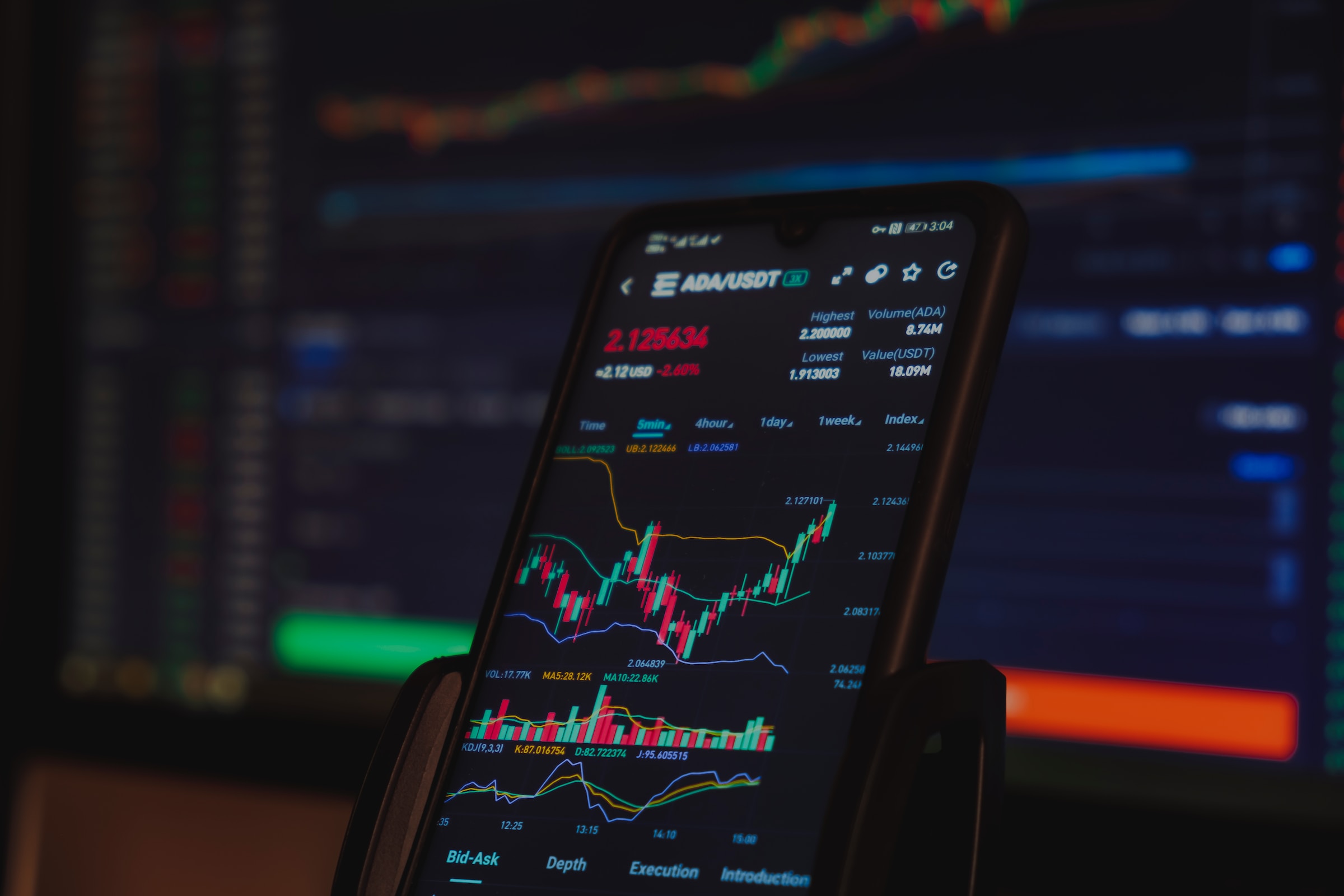On the Cardano blockchain, stablecoins are still in the early stages of development, but they have the potential to revolutionize the world of digital currency. In this article, we’ll explore the current state and future of stablecoins on Cardano blockchain. Cardano blockchain is one of the widely used technologies and we can expect more projects on it. Explore the potential of cryptocurrency trading and investment by visiting the website of this trading platform (immediate-edge.co), where you can find valuable resources and tools for making informed decisions.
The Current State of Stablecoins on Cardano Blockchain
Stablecoins are digital assets designed to maintain a stable value relative to a specific asset or basket of assets. This stability makes them an attractive option for investors looking for a cryptocurrency with less volatility than other cryptocurrencies like Bitcoin or Ethereum.

On the Cardano blockchain, there are several stablecoin projects currently available, including Djed, Cardano Dollar (ADA), and AgeUSD.
Djed is a decentralized stablecoin protocol built on the Cardano blockchain. It aims to provide a stable store of value for users by pegging the value of its stablecoin to the value of the US dollar. Djed’s stability is maintained through a combination of algorithmic adjustments and collateralized debt positions (CDPs).
Cardano Dollar (ADA) is a stablecoin built on the Cardano blockchain that is pegged to the value of the US dollar. It is designed to provide a stable medium of exchange for users, while also allowing for programmable smart contracts.
AgeUSD is a decentralized stablecoin developed by Emurgo, one of the founding entities of the Cardano blockchain. It is designed to be the first stablecoin on Cardano that is both fully decentralized and algorithmic. AgeUSD is backed by a basket of assets that are diversified across various asset classes, including cryptocurrencies, stocks, and bonds.
Each of these stablecoins has its own advantages and disadvantages. For example, Djed’s algorithmic adjustments make it less reliant on collateralized debt positions, which could make it less susceptible to the risk of under collateralization. However, this also means that its stability may be more dependent on the accuracy of its algorithms.
Cardano Dollar (ADA) has the advantage of being built directly on the Cardano blockchain, which could make it easier to integrate with other applications and services on the platform. However, its reliance on collateralized debt positions could make it more susceptible to under collateralization risks.
AgeUSD’s diversification across multiple asset classes could make it more stable than other stablecoins that are backed by a single asset or basket of assets. However, it is a relatively new project and its stability has not yet been fully tested.
In terms of adoption, stablecoins on Cardano are still in the early stages. While there is growing interest in stablecoins as a way to hedge against cryptocurrency volatility, many investors are still hesitant to embrace them. This is partly due to concerns about the stability of stablecoins themselves, as well as regulatory uncertainties surrounding cryptocurrency in general.
The Future of Stablecoins on Cardano Blockchain
As the Cardano blockchain continues to evolve and grow, the future of stablecoins on the platform looks promising. Here are some potential developments in stablecoin technology on Cardano and the impact they could have:
One potential development is the ability for stablecoins to work across different blockchains. This would make it easier for users to move stablecoins between different platforms and increase their utility. Cardano’s focus on interoperability could make it well-positioned to facilitate this kind of cross-chain functionality.
Stablecoins on Cardano could benefit from more advanced stability mechanisms, such as a combination of algorithmic adjustments, collateralized debt positions, and oracle feeds. This could help improve their stability and reduce the risk of under collateralization.
Another potential development is greater decentralization of stablecoin projects on Cardano. Decentralization could help increase trust and reduce reliance on a single entity for stability. This could be achieved through the use of decentralized autonomous organizations (DAOs) and other decentralized governance structures.
As the Cardano ecosystem continues to grow, stablecoins could be integrated with other applications and services on the platform. This could include DeFi protocols, lending platforms, and payment gateways. This would increase the utility of stablecoins and make them more attractive to a wider range of users.
Regulatory uncertainties have been a major barrier to adoption for stablecoins and other cryptocurrencies. However, as regulatory clarity increases, it is likely that more stablecoin projects will emerge on Cardano and other blockchain platforms.
Conclusion

Stablecoins on Cardano represent a significant development in the world of digital currency. By providing a stable and reliable medium of exchange, they have the potential to increase the adoption of digital currency and transform the financial services industry. While there are challenges to their adoption, such as competition from other stablecoins and regulatory uncertainties, the benefits of stablecoins for businesses and individuals are significant.

